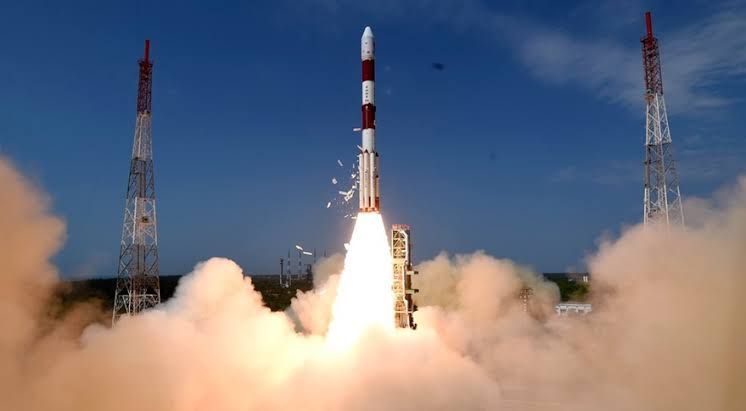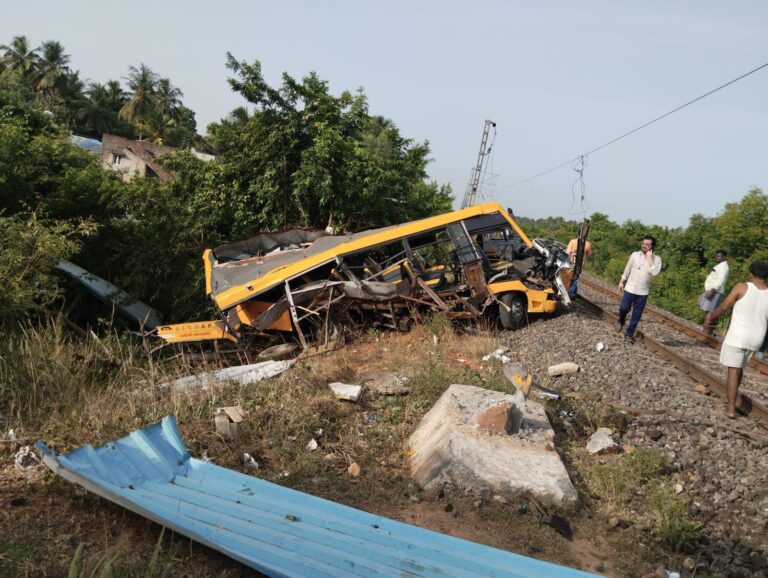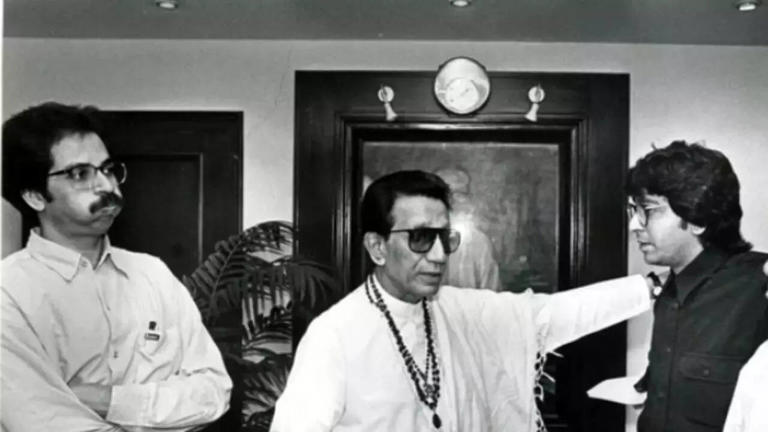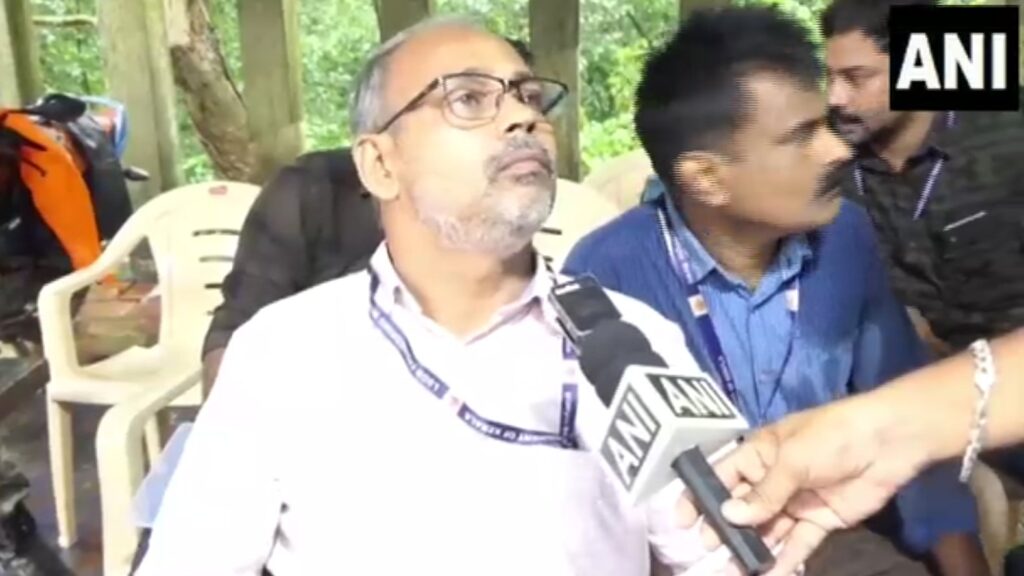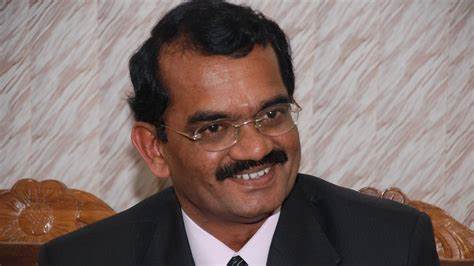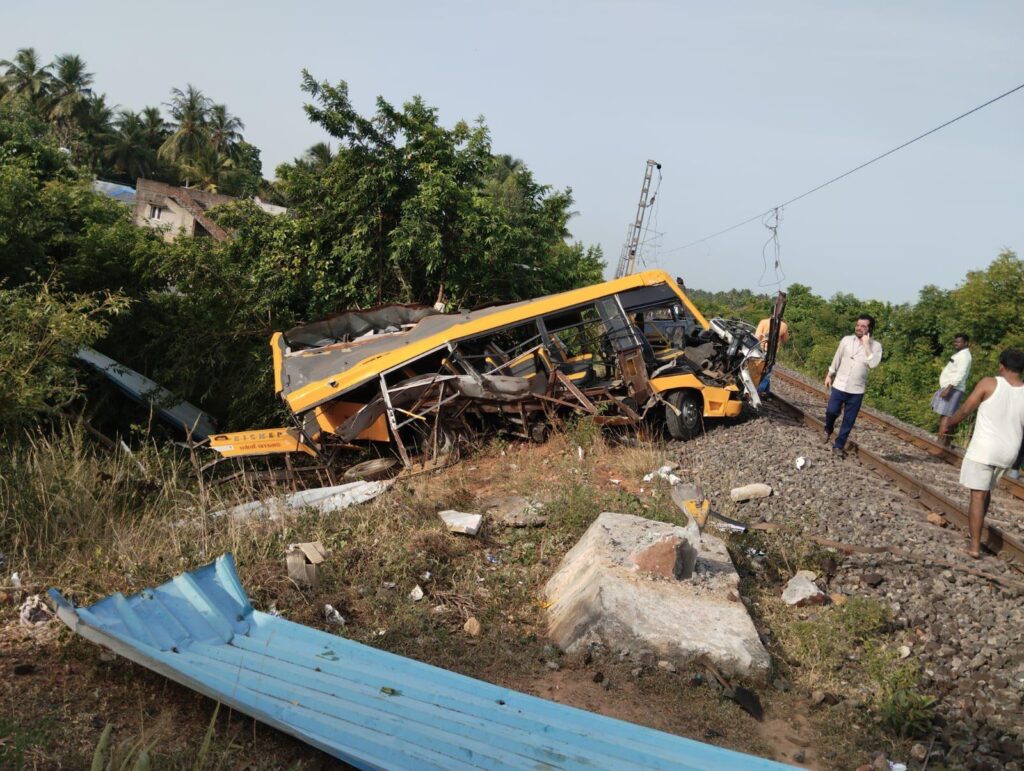Understanding the Technical Glitch in ISRO’s 101st Mission and Its Implications for Future Space Endeavors
On the morning of the PSLV-C61 launch, ISRO’s 101st mission aimed to deploy the EOS-09 Earth observation satellite into a Sun-synchronous orbit.
🚨 ISRO successfully launched PSLV-C61 EOS-09 satellite mission. 🚀🇮🇳 pic.twitter.com/uCsb3lhqD5
— Indian Tech & Infra (@IndianTechGuide) May 18, 2025
The Polar Satellite Launch Vehicle (PSLV), a reliable workhorse with a strong track record, began with a flawless liftoff. The first stage, powered by solid propellants and strap-on boosters, performed as expected, with ground-lit and air-lit strap-ons separating on cue. The second stage, driven by the Vikas engine using hypergolic propellants (unsymmetrical dimethylhydrazine and dinitrogen tetroxide), also operated normally, reaching an altitude of 168 kilometers. However, a technical glitch in the third stage, which uses solid propellants, derailed the mission. This failure prevented EOS-09 from reaching its intended orbit, resulting in the satellite’s loss.
Bad Luck: Minutes after its launch, ISRO loses EOS-09 satellite. This was ISRO's 101st launch.
— Gems (@gemsofbabus_) May 18, 2025
An issue occurred during the third stage of the flight.pic.twitter.com/IbvJlgxh0y
ISRO’s chief announced a thorough analysis to pinpoint the cause, emphasizing efforts to avoid space debris by de-orbiting the failed components.
Why Was the EOS-09 Satellite Significant?
The EOS-09 satellite was a critical asset for India’s space-based observation capabilities. Designed for applications in surveillance, agriculture, forestry, and disaster management, it was set to bolster India’s existing fleet of 10 space assets monitoring the region. Positioned in a Sun-synchronous orbit, EOS-09 would have provided consistent imaging for real-time data, crucial for tracking environmental changes and supporting national security. The loss of this satellite is a setback, but space scientist PK Gosh highlighted that ISRO’s track record remains strong compared to global counterparts like NASA, with fewer mission failures. This incident, while unfortunate, underscores the high stakes and complexities of space missions, where even minor issues can have significant consequences.
What Lessons Can ISRO Learn from This Failure?
Every space mission, successful or not, offers valuable lessons. ISRO’s rigorous testing protocols ensure launch vehicles like PSLV-C61 are thoroughly vetted, yet the third-stage glitch reveals that even small oversights can lead to mission failure. Gosh emphasized that this should not be labeled a complete failure but a “partial success” from which ISRO can learn. The organization will analyze telemetry data and mission logs to identify the root cause, ensuring such issues are addressed in future launches. This incident highlights the importance of continuous improvement in space technology and reinforces ISRO’s commitment to minimizing setbacks. By learning from this, ISRO aims to enhance the reliability of its future missions, maintaining its reputation as a global leader in cost-effective space exploration.


